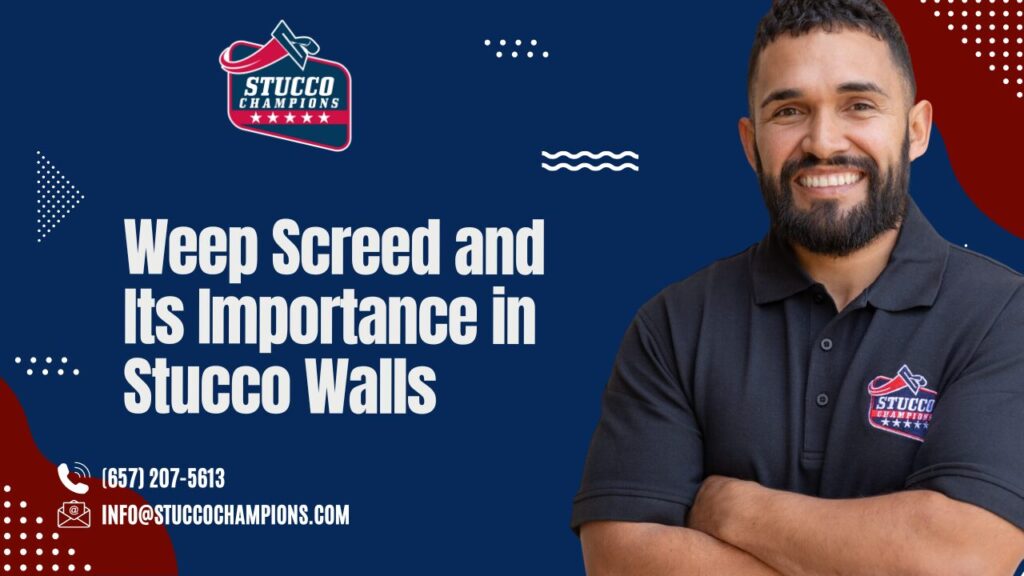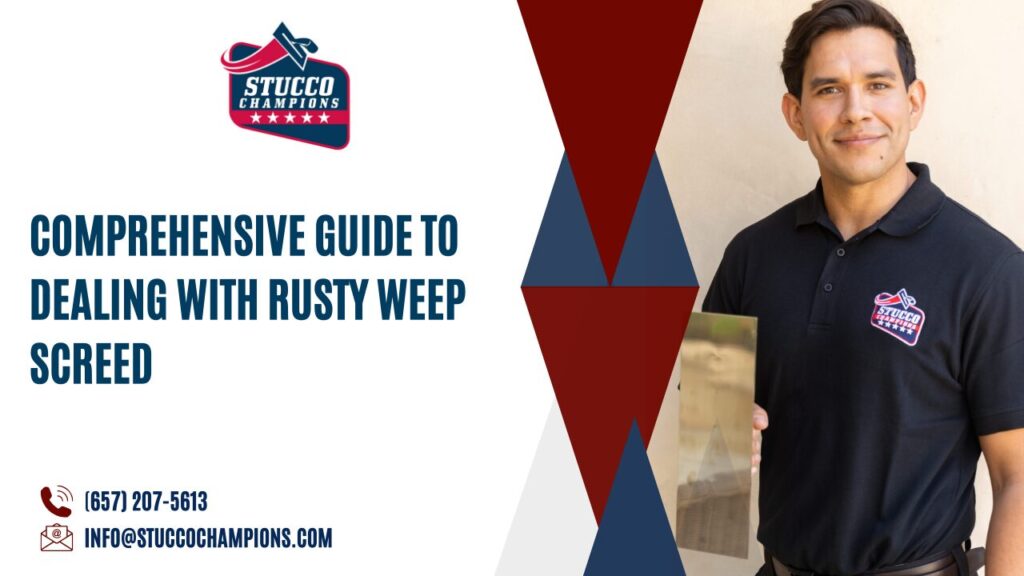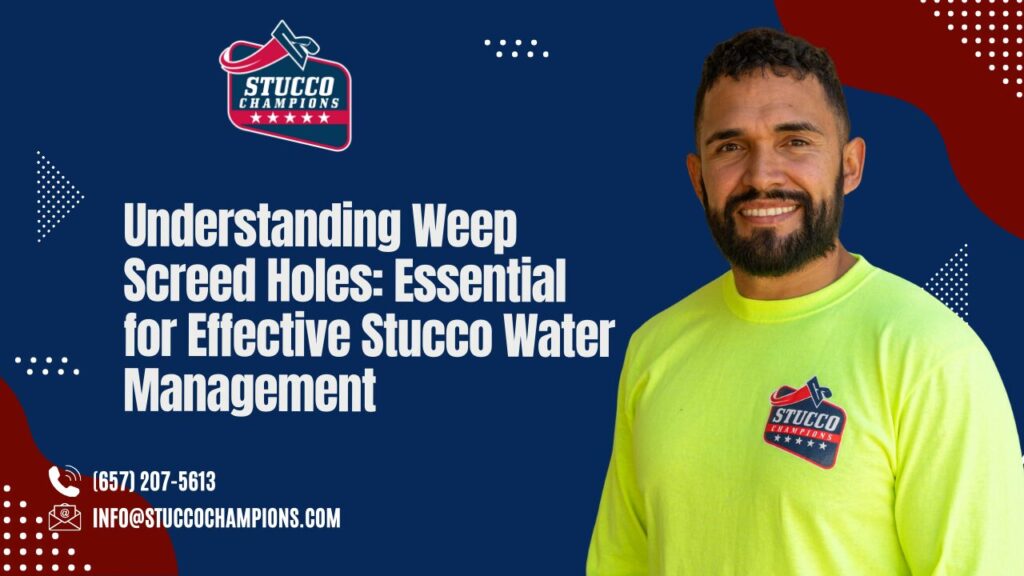Expert Insights on Weep Screed Functionality
In the realm of construction and home maintenance, understanding the significance of a weep screed in stucco walls is crucial. This article, enriched with expert insights and accurate information, delves into the implications of having stucco walls without a screed, exploring potential risks and providing reliable guidance for homeowners.
Understanding the Role of Weep Screed
A weep screed is an essential component in stucco wall systems. It is a metal flashing equipped with small holes, positioned at the bottom of exterior walls. Its primary function is to facilitate the expulsion of absorbed moisture from the stucco, ensuring structural integrity and preventing water damage.
Technical Aspects of Weep Screed
Beyond moisture control, the screed serves as a screed for base and finish coats of stucco, offering a depth gauge for consistent application. It also acts as a protective flashing material, safeguarding wood surfaces such as framing and sheathing against moisture intrusion.
Risks Associated with the Absence of Weep Screed
Water Intrusion Concerns
In the absence of a screed, moisture absorbed by the stucco, a porous material, struggles to escape. This can lead to water accumulation behind the wall, with evaporation as the only drying method. Prolonged moisture presence increases the risk of structural damage and mold growth.
Stucco’s Porosity and Moisture Migration
Stucco, being cement-based, readily absorbs moisture. Without a screed, stucco extending to the ground can wick moisture from the soil, potentially leading to upward moisture migration, affecting wooden components of the structure.
Compromised Structural Integrity
Lacking a weep screed, the junction of dissimilar materials (wood framing and concrete foundation) is more susceptible to cracking. This can accelerate moisture ingress, especially in older homes with single-ply water-resistant barriers, leading to barrier failure and structural issues.
Options for Homes without Weep Screed
Assessing the Current Situation
Homeowners with stucco walls lacking a weep screed face a decision: to maintain the status quo or retrofit the screed. The choice depends on several factors, including local climate, foundation exposure, and wall orientation concerning prevailing weather conditions.
Leaving It as Is: A Risk Assessment
Opting not to install a weep screed might seem viable if no moisture issues are apparent. However, this approach carries risks, particularly in areas with high humidity or frequent precipitation. A thorough inspection is recommended to ascertain the absence of hidden moisture problems.
Proactive Installation of Weep Screed
Installing a new weep screed represents a proactive, albeit costlier, approach. It involves expenses and potential challenges, especially in complex architectural structures. The investment, however, can prevent future costly repairs and structural damage.
Installation Process and Considerations
Steps in Installing Weep Screed
Retrofitting a weep screed involves careful removal of the existing stucco at the base, attaching the screed, and reapplying stucco. This process requires precision to ensure proper alignment and functionality of the new screed.
Expertise and Professional Guidance
Given the technical nature of this task, it is advisable to engage professionals with expertise in stucco installation and repair. Their knowledge ensures the weep screed is correctly installed, adhering to building codes and manufacturer specifications.
Balancing Cost and Long-term Benefits
While the initial cost can be significant, the long-term benefits of preventing moisture damage and maintaining structural integrity justify the investment. Homeowners should weigh the immediate expenses against potential future costs of unaddressed moisture issues
Homeowners must make an informed decision regarding screed in stucco walls, considering the structural implications and potential risks. Consulting with a construction expert or a licensed contractor is highly recommended for personalized advice and effective solutions tailored to specific needs and local building requirements. This approach ensures a balance between cost-effectiveness and safeguarding the longevity and safety of the home.
Last week, we shared a Comprehensive Guide to the Top 7 Stucco Color Charts, showcasing a range of color options to help you find the perfect shade for your project. If you’re looking for inspiration and insights on selecting the best stucco colors, don’t miss this post!
—




